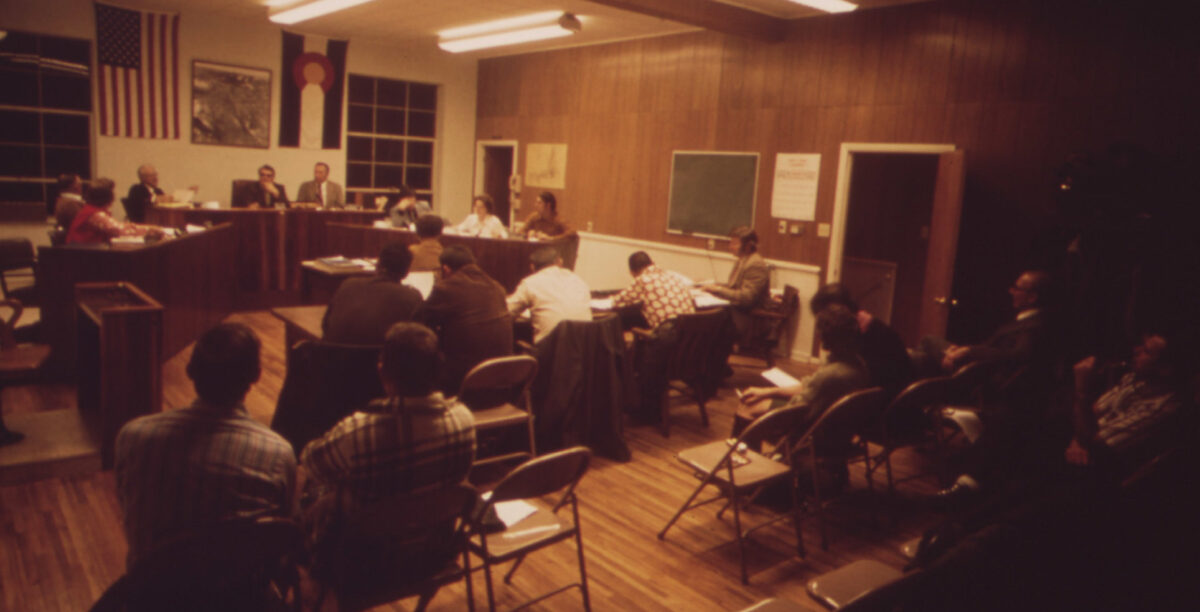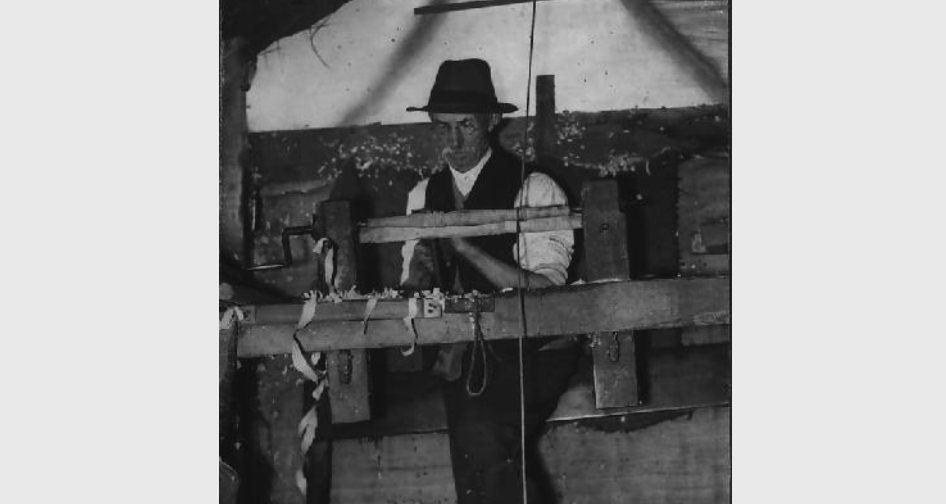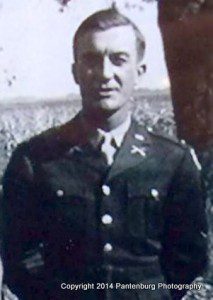There’s something primal that stirs within us at the thought of being isolated in a remote place. As social creatures, many of us instinctively shy away from situations that separate us from our fellow humans. Others are drawn to solitude, so that they may more clearly hear their inner voice — a voice that’s often drowned out by the modern-day electronic hum that permeates our lives. The latter individuals typically remain secluded only for a short period of time, before having to return to the social tasks their lives demand. However, there are an elite few who have grappled with not only the physical dangers of the remote wilderness, but also with their own inner demons for months at a time without another human soul to lean on for support. Carleigh Fairchild is one such person.
Since the age of 13, her life has been immersed in wilderness survival and survival skills training. After turning 18, she moved to Washington state to learn primitive skills, and tested herself by successfully solo backpacking 500 miles on the Pacific Crest Trail. Having traveled the country honing her skills, she took on one of popular culture’s most difficult survival challenges by becoming a contestant on History Channel’s Alone — not once, but twice.

First, she went to the foothills of the Andes mountains in Patagonia, Argentina, on Season 3. She returned to the show on Season 5, which took place in Mongolia. Today, Carleigh uses her vast experience by teaching others how to reconnect with their surroundings and themselves, much like our not-so-distant ancestors did on a daily basis. We were able to attend a wild edibles class she was teaching at the Georgia Bushcraft Campground near Watkinsville, Georgia, and had the opportunity to sit down with her to learn more about her survival experience and what it was like to survive for 86 days in Patagonia, alone.
Carleigh Fairchild Interview
RECOIL OFFGRID: You started learning wilderness survival skills as a child, what do you feel drew you to that endeavor?
Carleigh Fairchild: My mom started me on the path of learning survival skills when she went to the Tracker School run by Tom Brown Jr. in New Jersey. They have a wide variety of classes. They start with their Standard Course which covers pretty much all of the basics of survival skills, and then there’s more advanced survival skills and tracking classes.
She came home from that and showed me the bow drill kit she had made. It was my first look at making a fire without matches or a lighter. I was fascinated that you could truly rub two sticks together and make a coal. I wanted to learn more. Luckily, I was able to attend a teen summer camp the next year when I was 13 to learn earth skills. I loved the connection the skills brought to me — connection with the earth, connection with my own abilities, and connection with others also passionate about those…






